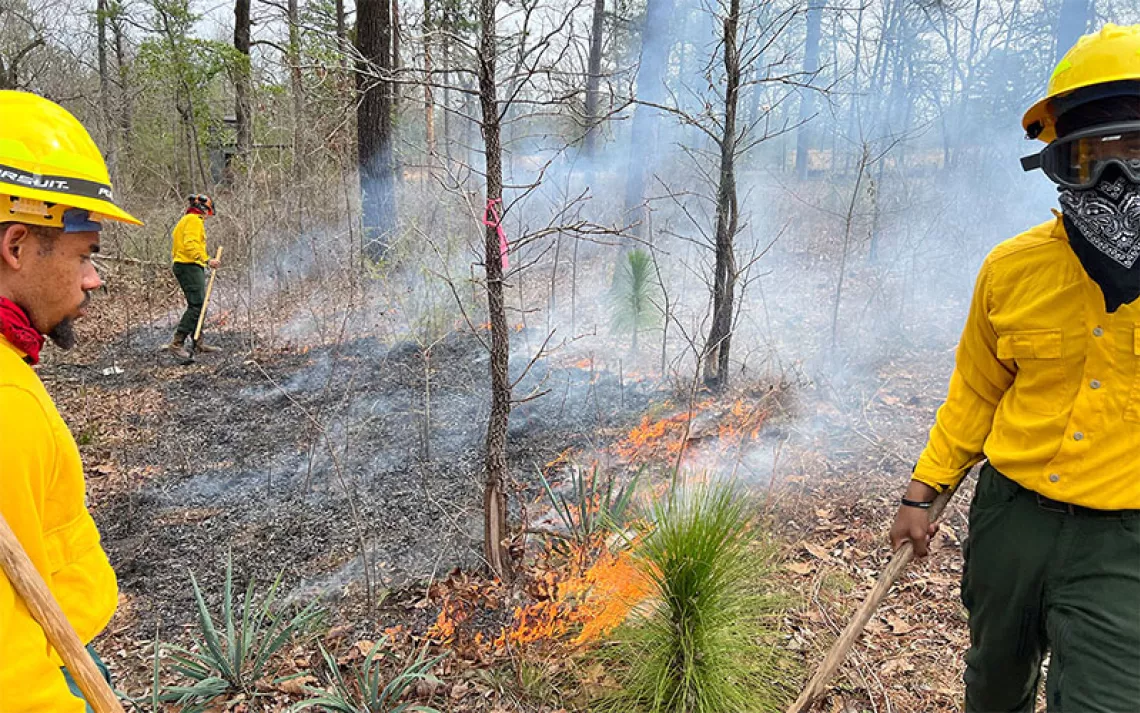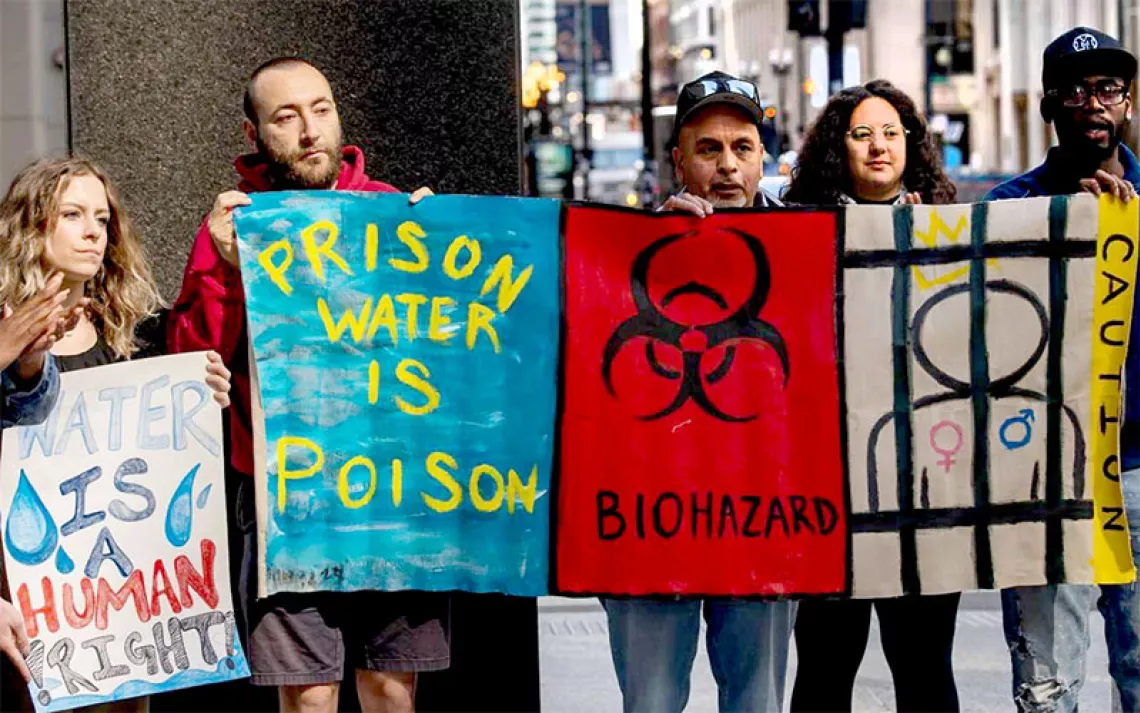Fleeing an Angry Climate
Governments are not ready for the coming flood of climate migrants

Migrants arrive at the Greek island of Lesbos after crossing the Aegean Sea from Turkey. | Photo by Antonio Masiello/NurPhoto via Zuma Press
Last July, Ioane Teitiota, a man from the low-lying Pacific island nation of Kiribati, was deported from New Zealand after losing his bid to be the world's first legally recognized climate refugee. With the industrialized world struggling to absorb a flood of migrants and refugees from Syria, Africa, and Latin America, climate refugees may already number in the millions. In 2008 alone, 20 million people were displaced because of rising sea levels, desertification, and flooding, according to the U.N. Office for the Coordination of Humanitarian Affairs. Many more have fled drought, war, or starvation in which climate change may have been a contributing factor.
"It's very difficult to draw a direct causal line between climate and people's decision to cross borders," cautions Francesco Femia, cofounder and director of the Center for Climate and Security, in Washington, D.C. "There are a lot of steps in between."
Syria, for example, was withered by an unprecedented drought from 2007 to 2010, which researchers have linked to climate change. The drought, combined with the Assad regime's misguided agricultural policies, resulted in three-quarters of the nation's most vulnerable farmers suffering total crop failure. As many as 1.5 million people from rural areas then migrated to cities like Damascus and Homs. That influx contributed to civil unrest, which has now displaced some 11.6 million Syrians—4 million of whom have crossed into other countries.
Climate change may also be a factor in the recent surge in migrants to the United States from Central America. In addition to violence and instability related to drug cartels, the Central American coffee industry has been hammered by coffee leaf rust, a fungal disease that is exacerbated by climate change. In Guatemala alone, 90,000 coffee workers have lost their jobs. At the same time, a persistent drought has caused massive crop failures and skyrocketing food prices throughout the region. In Honduras and Guatemala, 75 percent of corn and bean crops have failed. Drought in Mexico in 2012 cut agricultural production by 40 percent.
The Pentagon has described climate change as a "threat multiplier"—a factor that can make a bad situation worse, destabilizing weak states and making it more difficult for them to recover from other blows. Michael Werz, a senior fellow at the Center for American Progress, draws overlapping circles on a map to illustrate the concept. "Here is preexisting political conflict," he explains. "Here are areas of climate or environmental concern. Here are migratory routes. Where these three intersect is where you have the potential for trouble."
In peaceful and stable regions, people might survive drought, floods, and crop failures through community cooperation, government assistance, or temporary relocation within the country. But when war and repression break down those systems, cross-border migration becomes the solution of last resort. "The drought and the war—they ran side by side. It is difficult to say which one forced us to move," a Somali shepherd now living in Uganda explained in a 2012 report issued by the U.N. Refugee Agency.
Pressures from a worsening climate are likely to increase. A recent report from the Economics of Land Degradation, a global initiative devoted to sustainable land management, predicts that desertification due to climate change could create 50 million migrants over the coming decade. Regions particularly vulnerable to climate-induced migration include much of Asia, South America, and Africa—basically, almost anywhere that has large numbers of impoverished people.
There is no legal definition of who counts as a climate refugee, nor is there any international body equipped to deal with the problem. (The 1951 Refugee Convention pertains only to those fleeing political persecution.) Existing international humanitarian, development, and security agencies are focused exclusively on single parts of the whole—for example, food aid, infrastructure investment, counterterrorism, or disaster relief. Coping with the impacts of climate change will require unprecedented international cooperation. And national government agencies will need to adopt climate-adaptation plans. "Our goal is to convince people in the national-security community that this is not just an issue for tree-huggers," Werz says.
One cause for optimism is the fact that so much climate information already exists. Human behavior is hard to predict, but the climate is behaving as the scientific models said it would. If the international community can come together, it should be possible to prepare for the inevitable results of a warming world. "Governments are starting to look at the connections between climate change and state fragility," Femia notes. Indeed, ministers and other officials from 110 countries met in Geneva last October and adopted a (nonbinding) agenda to collect data on climate refugees, consider the use of temporary visas to aid them, and seek ways to help them avoid fleeing in the first place.
This article appeared as "Fleeing an Angry Climate" in the January/February 2016 print edition of Sierra.
WHAT YOU CAN DO
Alice Thomas, the climate displacement program manager of Refugees International, recommends that you urge elected officials to incorporate climate risks into land-use planning (and minimize the effects of future disasters); to increase investments in reducing disaster risk in the most vulnerable countries; and to forge new international agreements to manage climate-change-related displacements.
 The Magazine of The Sierra Club
The Magazine of The Sierra Club



